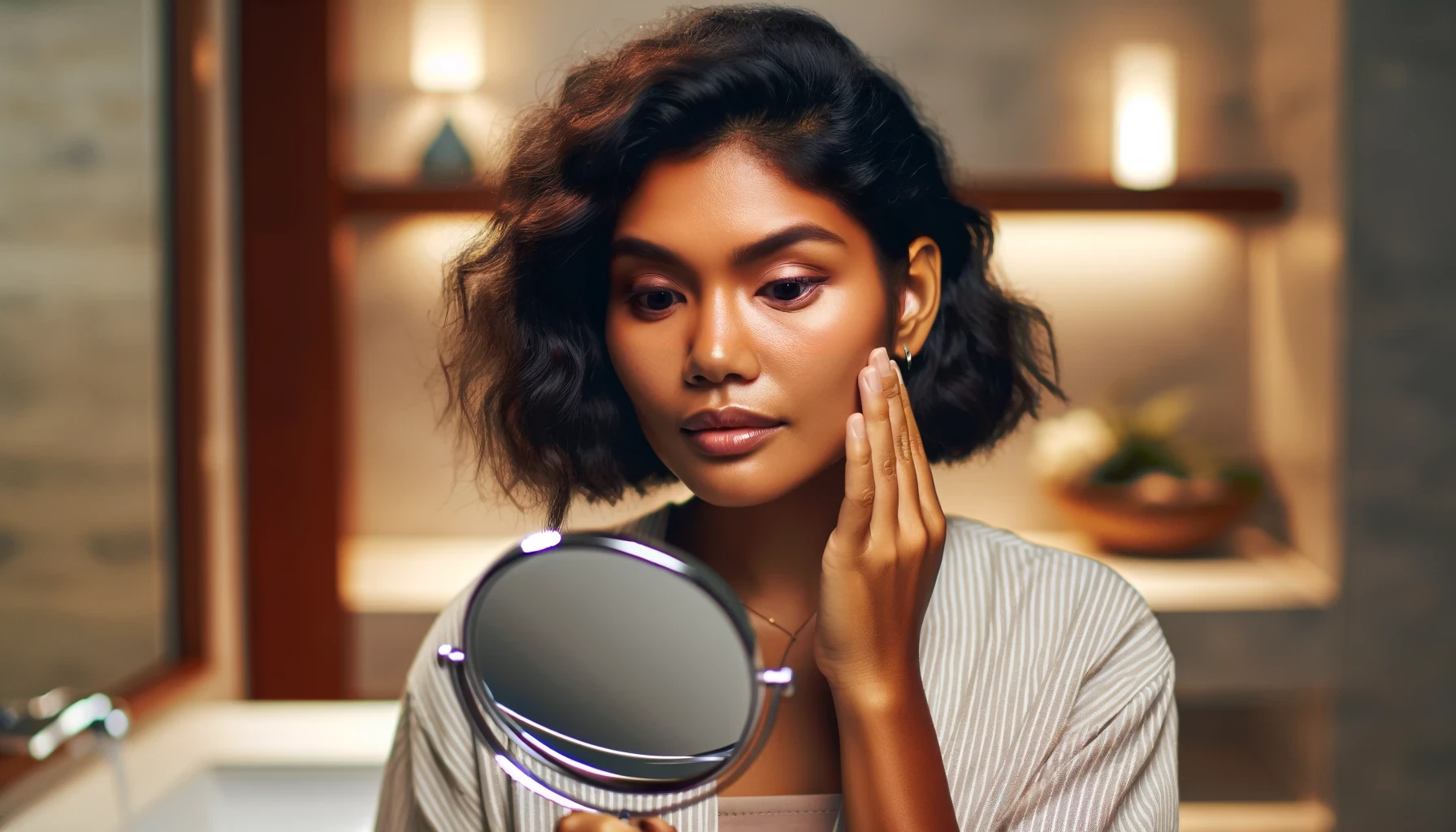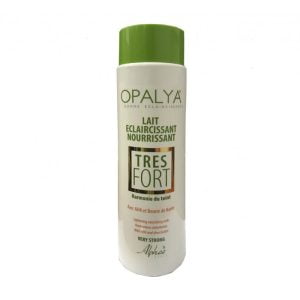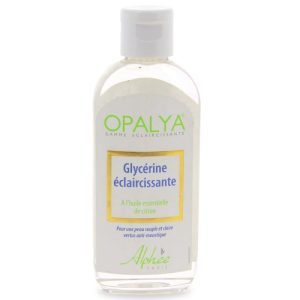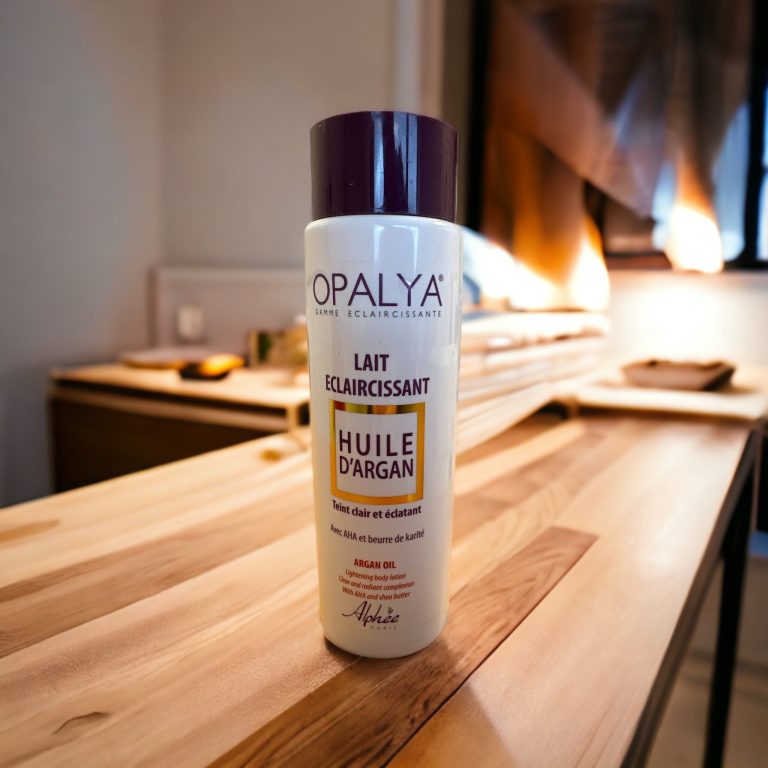Is Opalya Brightening Milk Safe for All Skin Types?

The Opalya lightening milk, designed to be gentle and suitable for black and mixed skin types, contains ingredients generally safe for most skin types.
However, as with all skincare products, certain precautions should be taken, and it may not be suitable for everyone.
Points to Consider:
- Allergen Ingredients:
- While Opalya lightening milk avoids hydroquinone, a controversial and potentially harmful ingredient, it contains other ingredients like preservatives Methylchloroisothiazolinone and Methylisothiazolinone, which may cause allergic reactions or sensitivity in some individuals. These preservatives are known for their irritating and allergenic potential.
- Sensitive Skin Types:
- Individuals with sensitive skin types should be particularly cautious. Acids, such as lactic and citric acid, while effective for exfoliation and reducing hyperpigmentation, can irritate sensitive skin. It is recommended to perform a patch test (applying the product to a small area of skin for 24 hours) to check for any adverse reactions before regular use.
- Specific Skin Conditions:
- For those with specific skin conditions like eczema or psoriasis, using products containing acids and fragrances may exacerbate their symptoms. Consulting a dermatologist before incorporating a new lightening product into their skincare routine is advisable.
- Combined Use with Other Products:
- Using this lightening milk in conjunction with other products containing acids or retinoids may increase the risk of irritation or dryness. It’s important to monitor your skin’s reaction and adjust the usage of products accordingly.
Recommendations:
To ensure safety and efficacy, users should:
- Gradually introduce the product into their skincare routine to allow the skin to adapt.
- Use adequate sun protection when using lightening products to prevent worsening pigmentation due to sun exposure.
- Consult a healthcare professional if there are specific concerns, especially in cases of very reactive skin or pre-existing dermatological conditions.
In summary, while Opalya lightening milk is formulated to be safe and effective for most users, those with sensitive skin types or specific conditions should approach its use with caution and ideally under the supervision of a dermatologist.







